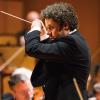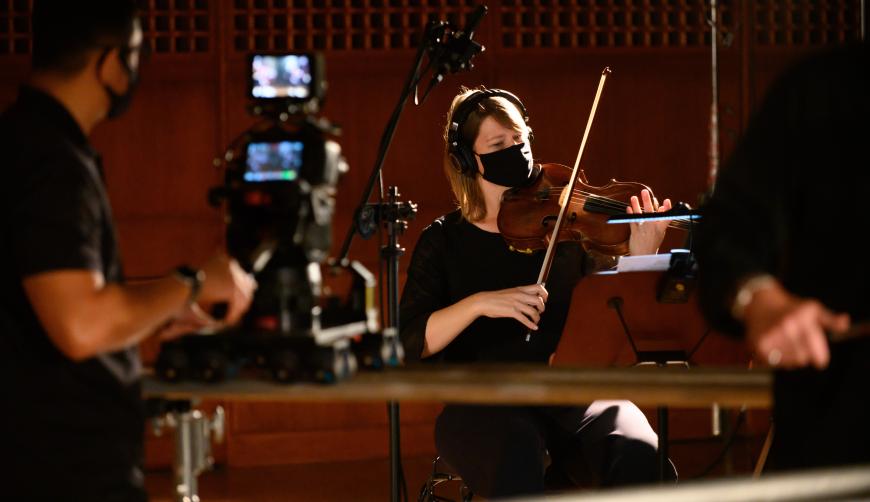
In March 2020 the performing arts went down like the Titanic as theaters, symphony halls, and opera houses locked their doors. For organizations large and small, it was a moment when the ability to “pivot” became the mantra of the day, and the only lifeboat in sight was the internet.
In the months that followed, the online offerings morphed into a digital renaissance of creative energy and crossover collaborations. Symphony and chamber orchestras, opera and dance companies, visual artists, filmmakers, and poets joined forces to produce a new generation of video art — there hadn’t been anything like it since the birth of MTV.
At the same time, the rise of social media, YouTube videos, Instagram, Facebook, and multiple streaming services offered audiences that otherwise would have been buying tickets and attending concerts access to every type of entertainment within the comfortable, COVID-safe confines of their own homes, where there was no need to drive, wear masks, or change out of their pajamas.
The challenge facing every performing arts company now as we emerge from the pandemic is how to attract those audiences back to the concert hall and the opera house. The fear is that the current drop-off in ticket sales (particularly subscriptions) could represent a new normal. If that proves to be the case, more and more emphasis will be placed on attracting new, more diverse audiences. To do this, organizations are now accepting the fact that they will need an online presence, but at the same time they want to be able to focus on their live performance activities. Where will that leave the internet initiatives created during the shutdown? Will they flourish or be starved of resources?
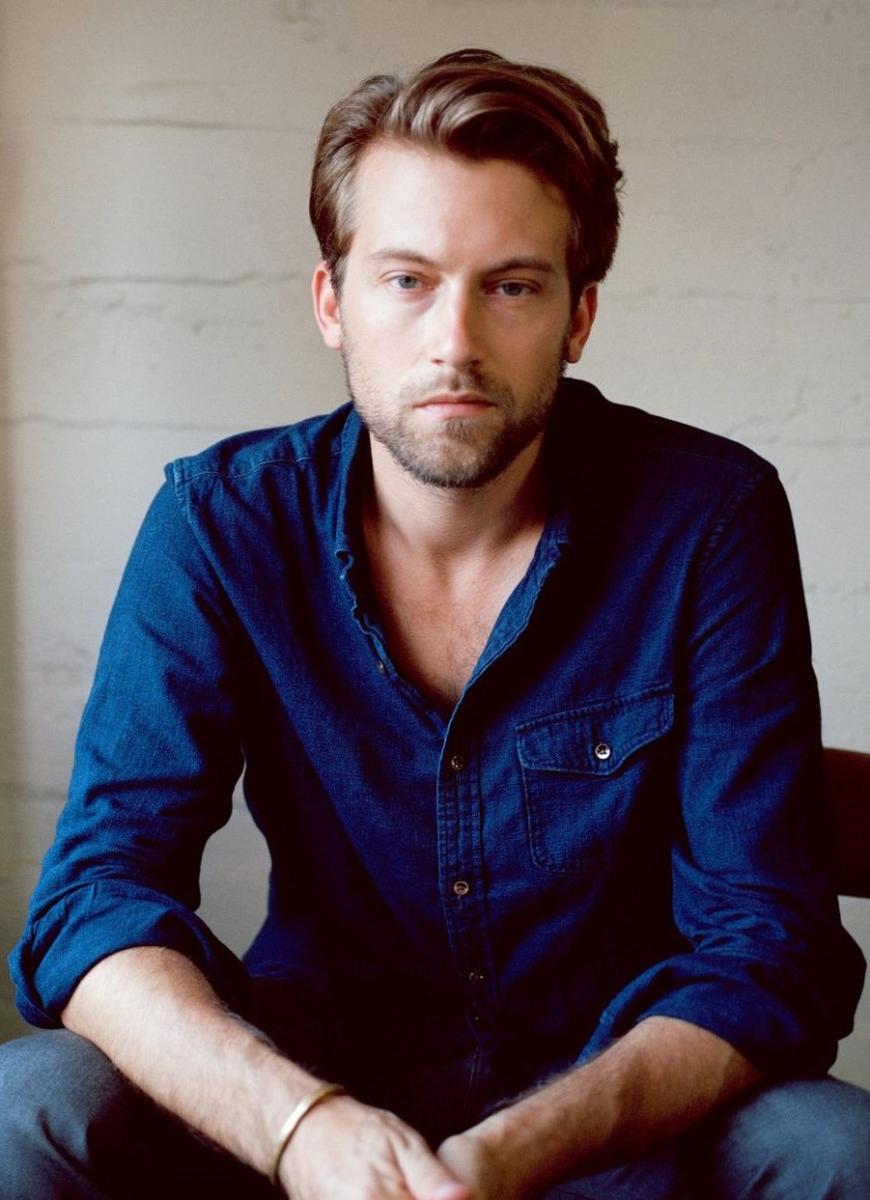
James Darrah, who worked closely with Los Angeles Chamber Orchestra to create the biweekly digital series Close Quarters (and is currently the artistic director of Long Beach Opera), fears that much of what was gained may ultimately be lost.
“Our goal with Close Quarters and segments like The Soldier’s Tale was to somehow keep the idea of a season alive but in another form,” Darrah explained. “What we did was different and challenging. Not everyone liked it. But it was a time that called for innovation and bold action. We were not just filming performances. We were making visual art and exploring new forms with different rules. In those awful days artists were desperate for the opportunity to do something really creative, and we attracted a vast new audience.
“I think the problem is that the innovation and collaboration that produced that work,” Darrah continued, “happened so quickly, and under such bizarre circumstances, that there wasn’t enough institutional time to process what it all meant. And so, as the pandemic has ended there’s been a desire to wrap things up quickly, get back to the proscenium stage, and pretend it didn’t happen. I’m concerned that the pendulum will simply swing back to the old-fashioned metrics.”
Arts managers uniformly take pride in the artistic content they created, the ingenuity of their promotional strategies, and the ability to substantially increase their social media and internet presence. To what extent that legacy will continue remains to be seen.
The Inside Track
Among large organizations on the West Coast, San Francisco Opera already had the facilities in place to go digital and a sustaining patron base that was ready and willing to support the company.
“We were lucky,” General Director Matthew Shilvock observed. “One of our principal projects had been the creation of a media suite, which was installed [in the War Memorial Opera House] in 2007. At that time, it was the first broadcast-quality studio of its kind in any opera house. It allowed us to do performance captures and led to our OperaVision in-house transmissions, which allow people in the upper balconies to see the expression on the singer’s faces.”
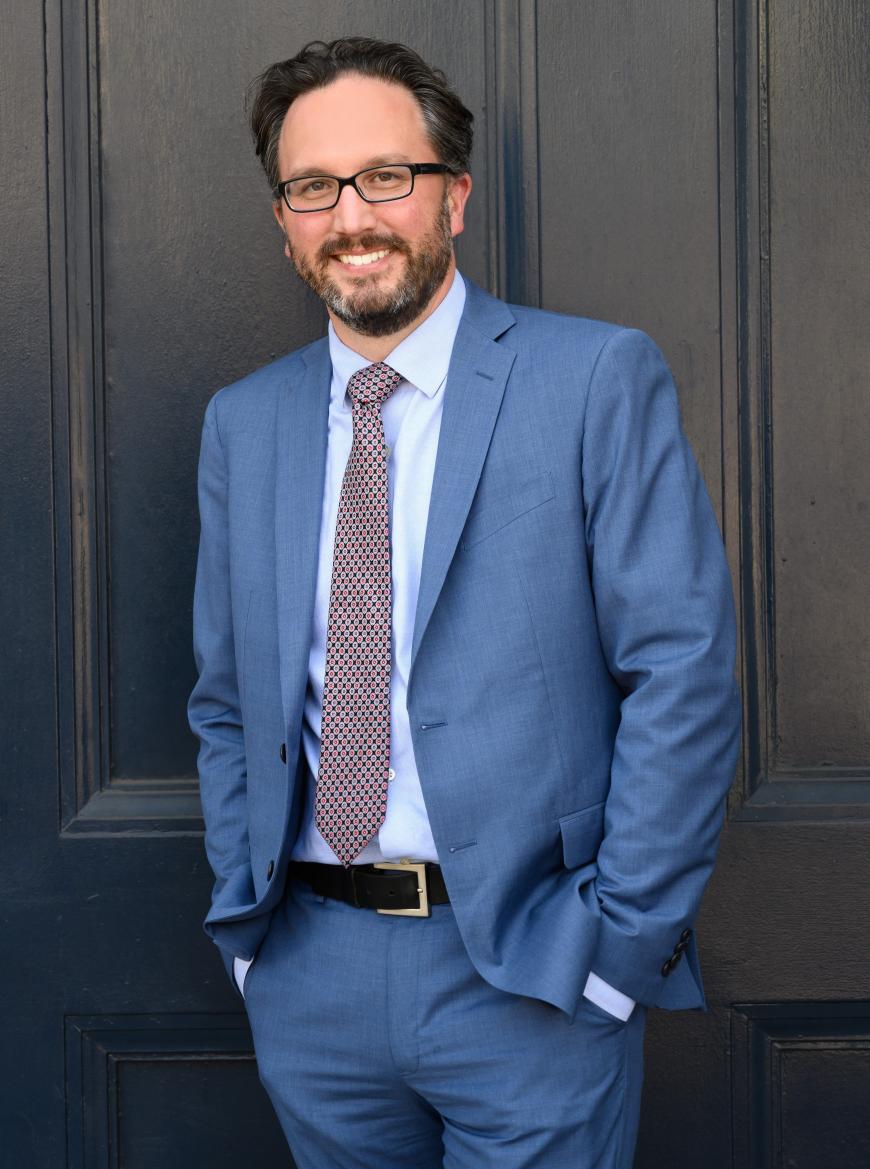
Ironically, SF Opera had actually come close to discarding its media suite because its technology had become antiquated. Instead, the decision was made to upgrade its capability. When the pandemic hit, that decision took on enormous proportion.
“As we went into the pandemic and recognized the need to share content, artists and the unions collaborated to find a contractual way to unlock the use of the full-length content we’d been accumulating for 12 years. At the same time, we received federal assistance that allowed us to keep our staff, orchestra, and chorus paid, though not at 100 percent.” Shilvock pointed out. “That period was especially hard on the singers, and the broadcast of performance captures we produced provided artistic performance opportunities.”
Later, following the lead set by San Diego’s Mainly Mozart Festival in presenting outdoor drive-in concerts, SF Opera presented its own drive-in production of The Barber of Seville in Marin.
“The pandemic showed us that while performance-capture broadcasts were a necessity, it was and always had been the relationship between a live audience and onstage performers that completed the equation. That being said,” Shilvock emphasized, “we see the role of the internet and social media as integral parts of the company’s future.
“We are committed to keeping the energy of our digital offerings going, both archival, as part of our centennial season, and with live performance streaming,” he said. “We will stream one live performance of each opera [this season], which will remain available for 48 hours.
“The key question regarding the internet,” Shilvock continued, “is how do we design a web experience that can give, as much as possible, the full operatic experience — the immersion and the humanity. We’re particularly proud of our showcase series, In Song, which presents our artists in unique locations. For example, we filmed a program with Amina Edris (who is Egyptian) in Cairo. And that was before we knew she was going to become our Cleopatra in John Adams’s new opera. The goal of In Song is to provide our online audience with a deeply personal portrait of our singers.”
The question is how you maintain a commitment to online creativity while dealing with the very real necessity of selling live tickets.
“One thing we’ve learned from the pandemic,” Shilvock responded, “is that we have to continue to embrace experimentation. But at the same time, in terms of selling tickets, we have to be adaptable to change as a data-driven institution. Analytics allows us to determine exactly the right way to translate the data we compile. The challenge many companies are facing is that their critical core group of subscribers has diminished, while single performance ticket sales have risen. That makes it difficult to make budgetary projections and set goals when future sales are so uncertain. Our hope is that, as the pandemic fades, our audiences will feel more and more confident about returning to the hall.
“What excites me is the potential of this moment is multilayered. We have the layer of the opera stage itself, with all the visceral emotions and excitement that comes from live performance. And it’s critical that we commit to that. The question posed by the second level is how we think about the house itself and how people perceive it. This includes reaching out into the community. Then we have the digital layer of how we get the product we have onstage out to people’s homes who could otherwise not attend. I see us moving from a single perception of our art form to a many-layered approach.”
The LACO Conundrum
In December 2019, Ben Cadwallader was hired as the new executive director of Los Angeles Chamber Orchestra. When he took the helm, however, he had no idea of the storm that was gathering just beyond the horizon.
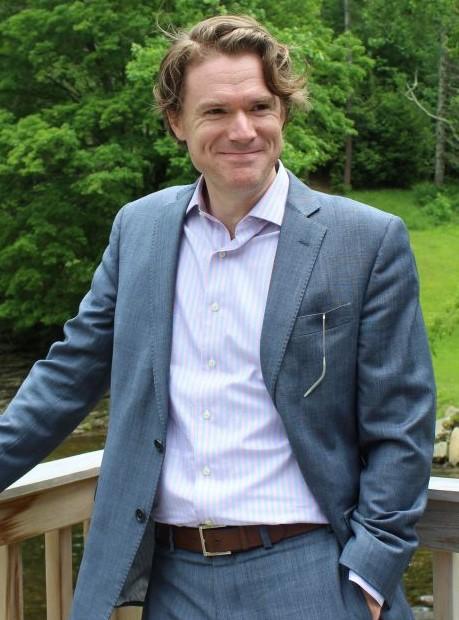
“When I was hired, COVID was a back-page story about something that was happening in China. I spent my first official day of work, March 9, 2020, calling patrons and donors and telling them we were canceling concerts. That was the moment we realized the Titanic was sinking and we were not going back to the concert hall for the foreseeable future. A few weeks later our first living-room duet concert streamed, and we began to build a community audience through Zoom. What we learned quickly was that an existential threat can be a very effective tool for mobilizing creativity.”
The living-room duets were a start. But as LACO’s music director, Jaime Martín, pointed out emphatically to Cadwallader, “this isn’t LACO. It’s great that people are doing these Zoom concerts, but we are one of the world’s finest chamber orchestras. We’re missing the excellence and the polish. We need to showcase our musicians at the height of their powers. Yes, it’s nice to see what [concertmaster] Margaret Batjer’s kitchen looks like when she’s playing Bach. But once that novelty wears off, we need to get back to who we are.”
What followed was a series of highly professional performance captures recorded on the Zipper Hall stage of the Colburn School. These videos, with the performers masked and shielded behind Plexiglas, were a vast improvement. But without an audience to fill the seats, as Margaret Batjer explained, the silence at the end of even the most spirited performances “was deafening.”
The next step for LACO was the creation of Close Quarters with James Darrah.
“What seemed most interesting at that moment,” Darrah recalled, “was the idea of a collaboration between the musicians of LACO and the many artists in other fields who were all out of work: filmmakers, visual artists, dancers, poets, sculptors, and animators. Right from the beginning our goal was to create an interdisciplinary music/art series. It also timed out well, that we found a huge studio space that was not in use that we could take over and film in. The orchestra would be safely recorded separately.
“With Close Quarters we suddenly had a really talented and diverse group of people working together. The fact that every two weeks LACO was turning out an original orchestral short film was amazing. There was the excitement that we were creating a new form, and I’m really proud of what we accomplished and the number of views worldwide the series had.”
However successful Close Quarters was, as LACO begins its 2022–2023 season (with concerts Oct. 15–16), Ben Cadwallader’s sights are focused squarely on the return to live performances.
“The in-person concert experience and the digital music experience are two fundamentally different products. A recorded concert will never be as engaging as the real thing, for audiences and musicians,” he said, categorically.
“As we emerge from the pandemic, we need to rethink our product in another way. It’s a different attention-bandwidth environment. At the height of the pandemic, we had an entire team of nonprofit arts professionals who didn’t have concerts to market and programs to present. Now we’re almost overtaxed in terms of what we’re presenting and where. The question everyone is dealing with is how do you market to fill seats in this environment. As the captain of the ship, that leaves me scratching my head about what to do now — with digital strategy and live programing.”
The Little Company That Could
In the early days of the pandemic, no organization held out more bravely than Jacaranda Music in Santa Monica. Up to the very last moment, Artistic and Executive Director Patrick Scott had hoped that the series’ next concert in March 2020 could take place. It was only after a member of the board, who is a doctor, told Scott in no uncertain terms that he had to cancel that the white flag of surrender was raised. “We knew then it was going to be a long haul,” said Scott.
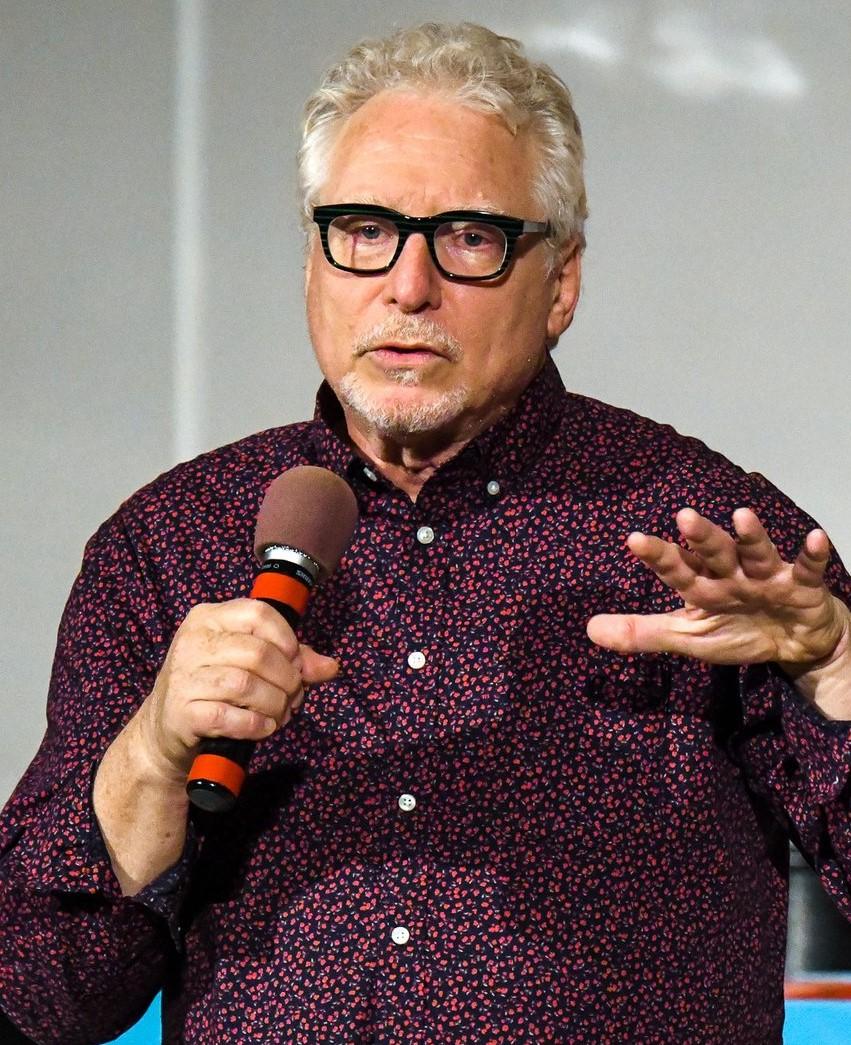
Faced with significantly smaller reserves than larger institutions, Scott and his small production team went into action, evaluating the resources they had at hand, one of which turned out to be Scott’s vast personal collection of vinyl LPs.
“I had all these records that mirror my musical interests from 1966–1986,” he explained. “We decided to open an online vinyl store. We called it ‘Black Gold.’ [It is still a feature on the Jacaranda website.] We also put together special playlists that were available to donors at different levels. We have produced a two-hour-and-30-minute playlist every month since.”
With his personal background in dance and video production, Scott said he began to look at the possibility of morphing previously recorded Jacaranda concert material into striking music videos.
“We had a 2014 recording of Phillip Glass’s Mad Rush featuring our music director, Mark Hilt, playing the organ. We had planned to perform it at the opening concert for our new organ series. Instead, we transformed it into a music video and released it the same day the concert would have taken place. I felt that Glass’s music, with its alternation of hyper intensity and serenity, seemed a perfect expression of the anxiety of the moment.”
For its next video exploration, Scott teamed up with modern dancer Raiford Rogers, director of the Los Angeles Chamber Ballet Company, to produce a hallucinogenic treatment of Bach’s Toccata and Fugue in D Minor.
“We made it part of our year-end pitch,” Scott recalled. “People were a bit dumbfounded. They weren’t expecting this since it was unlike anything we’d done before. But our younger audiences got it. They thought it was like an acid trip.”
Still, Scott maintains there is only one formula you can rely on.
“The best way to fill seats,” he said with conviction, “is to create programming that is so compelling that people say, ‘Yes. I will drive. I will buy a ticket. I’m even willing to wear a mask to have that experience.’”
Online and Loving It
There are groups, however, that have seen returns from their internet initiatives that have made them financially stronger and artistically more visible. The unexpected behemoth in the SF Bay Area is historical-instrument specialists Voices of Music, whose YouTube channel now gets 30 million streams a year, 80,000 a day. Meanwhile, in Los Angeles, chamber group Salastina met the pandemic with a series of Happy Hour livestreams in which they talked with high-profile musicians in a Zoom chat room.
“For a long, long time we actively fought against it,” confessed Maia Jasper White, Salastina’s co-founder. “It’s the instinct that all performers have, just kind of go onstage and do your thing and expect that to be enough for an audience.” White and co-director Kevin Kumar, however, always thought about chamber music in terms of creating community and routinely mingled with their audiences before and during concerts.
“All of us know that COVID was a really isolating time,” White said, “so it didn’t take heavy thinking to realize that a social experience was absent from people’s lives. The Zoom room was as real as any other room.” The feedback from the Happy Hour experiment was: “‘Oh, I’m so happy to be getting to know these beautiful artists.’ There was constant reinforcement of that approach, that what we were doing was creating an artistic community, not just broadcasting content to keep ourselves and our work justifiable.”
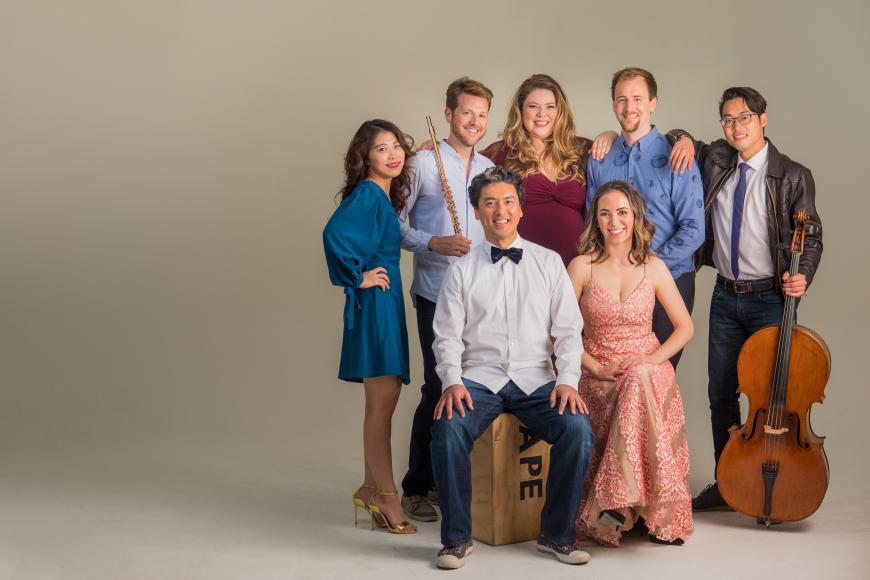
As live performances resumed, White and Kumar noticed what White called “Zoom fatigue.” People wanted a break from the chat room, and in response, Salastina changed the Happy Hour concept to integrate a live audience and an online one. The group is upgrading the experience, making it “meatier and more well produced” and also less frequent. And they’re combining that initiative with their live programming, which is also livestreamed.
White reports that some local audience members are choosing to continue attending online, but now Salastina also has out-of-state loyalists who come to L.A. for the ensemble’s concerts. Most importantly, Salastina saw a 58 percent jump in revenue during 2020–2021, and their membership base tripled.
Modestly, White added, “In terms of individuals reached, our audience grew 3,900 percent because of online engagement. It was 27,000 people (over two years) when we include the Happy Hours and how many people are served by our hospital concerts.” Not surprisingly, White expects to continue livestreaming in the future. “When I went through our finances and added up our earned income, I was surprised to see the final tally of online ticket sales. I thought we shouldn’t discount having that as a [continuing] option. It’s the expectation now.”
Early Adopters and Best Practices
No one is more eager to spread the good news about how the internet can transform an organization than David Tayler and Hanneke van Proosdij, husband-and-wife co-founders and directors of Voices of Music. They are not digital-native tech gurus but regular early-music performers who were in graduate school in the 1990s and have had pretty traditional careers in performance. They went online initially, more than 10 years ago, because they were worried about the graying of early-music audiences, just like a lot of organizations.
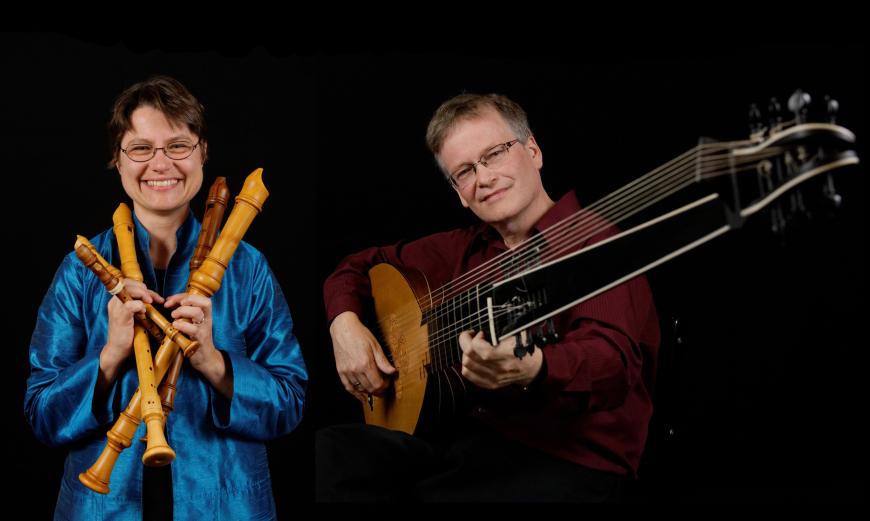
“Anyone can do best practices and get their numbers up,” said Tayler. “Ninety-nine percent of classical music organizations are not using best practices. We’re dying to get this information out there. We can say, ‘We made every stupid mistake, years ago — don’t drive in that pothole.’”
During the pandemic shutdown, the pair spent nine months giving webinars and technical advice to help get colleagues online properly. They also beefed up their educational programs, which quadrupled in size and ended up reaching underserved kids across the U.S. and outside the country as well. To engage their concertgoing audience, they started making themed half-hour video collections called “Sundays at 10,” which they’re still doing, and offered seminars with a meet-and-greet portion and a lecture.
The how-they-did-it part can in essence be reduced, in their telling, to integrating best web practices, like figuring out how to be on the first page of a search, with regularly putting up good content, meaning mostly high-quality performance videos. Tayler says that the optimal number of videos to get your organization noticed has been rising and that now it’s 25 to 30 a year — but with the proviso that they have to be good.
Which leads to another of the pair’s mantras, which is that if the video is unpopular, you should take it down. Pruning your content means that good videos will not suffer by being grouped with lesser ones.
“It’s not sexy,” van Proosdij said, “but understanding how Google Analytics works, there’s no way around that. Part of the thing that helps us is that we’re first adopters of new technologies. We’re doing things now in 8K [video] with [better] sonics and surround sound. And part of that is us taking a chance. We don’t have a [crystal ball] that tells us what the future is going to look like. [Tayler interrupts: “Although in Asia it’s two years ahead.”] Exactly, so you look at Japan and you have a pretty good idea of what’s coming to the U.S. later. Higher Google rankings will help push your stuff, if you’re willing to go there.”
Tayler and van Proosdij are sharing their platform now with other comparable groups. They just did a set in New York, which they recorded, and Gotham Early Music Scene brought its partner organizations to record a couple of pieces each. There are also Bay Area groups that now have Voices of Music-produced videos on YouTube.
There are certainly big-budget organizations, like The Royal Opera and the Berlin Philharmonic, as well as for-profit classical streaming services, that are in a league of their own, but Voices of Music is a standout in the next tier. And the group has, predictably, seen the results in its audiences.
Crossover is demonstrable: “We definitely have a younger audience than [comparable] organizations,” said van Proosdij. [“And from different backgrounds, not just classical music,” chimes in Tayler.] People don’t think of our music as classical music or Baroque music. They just think of it as music that they enjoy. [“One concert we went to, there were just all young people, and we thought we were in the wrong building,” Tayler adds.] We know people who will plan their vacations to come to San Francisco around the time when we have a concert. We’ve had middle schools and high schools bring busloads of kids to our concerts.”
Sure, there’s some braggadocio in this, but there’s also wonder. Tayler concluded, “For the internet to watch it, that’s the whole planet. And it took me like 10 years to wrap my brain around the fact that ‘oh, we got a million, we could get to a billion.’ That was just staggering for me.”


